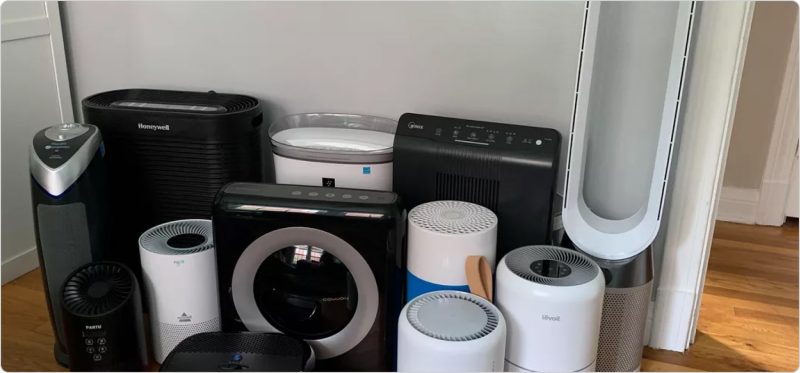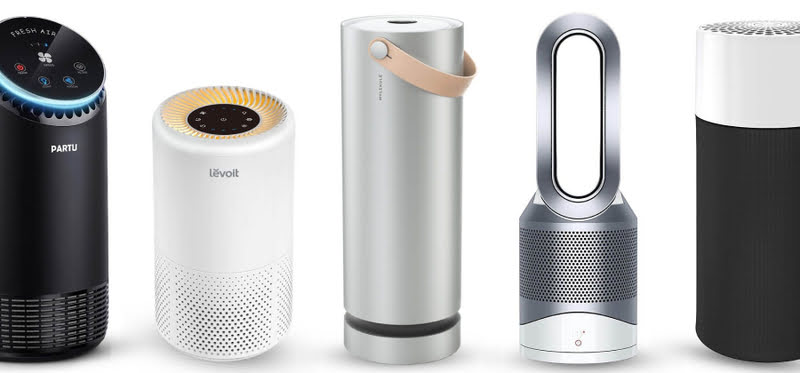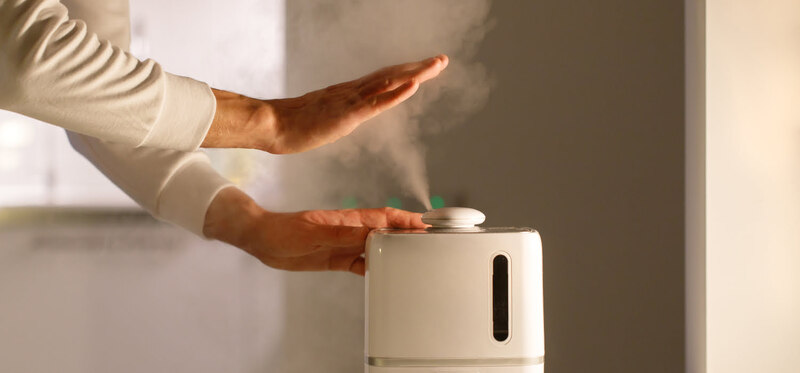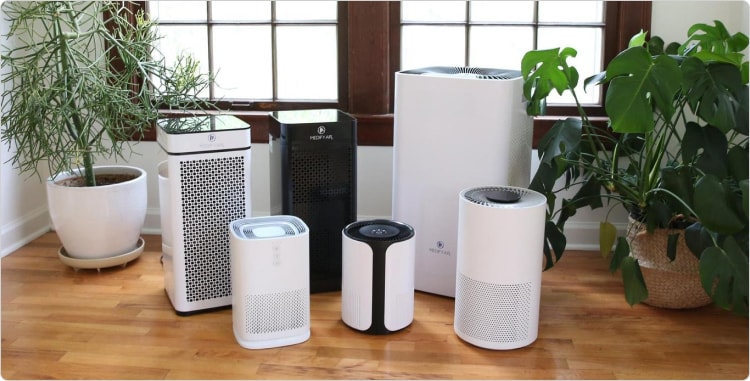5 Different Types of Air Purifiers
Air purifiers are available in all kinds of colors, sizes, and shapes. With each type comes different technologies used to clean up the air you breathe. If you’re entirely new to this subject, it’s a good idea to fully understand these technologies to be sure you’re choosing the right purifier. Currently, there are five common types of air purifiers available. This article will highlight each type and elaborate on its features and talking points.
Types of Air Purifier Technology
HEPA Technology
High-Efficiency Particulate Air (HEPA) is an effective technology for filtering air particles. HEPA filters trap up to 99.97% of all particles less than 0.3 microns. HEPA filters help make an environment clean.
HEPA filters are fine fiber-like materials folded back and forth like an accordion. This shape creates the randomly arranged fibers that provide a large surface area for the purifier fans to push air through the filter to clean it out.
The more airflow there is through the filter in one hour, the cleaner the air becomes. A full HEPA filter doesn’t allow air to pass through and needs a new filter. A new filter has a lifespan between 2 to 4 years.
The fiber openings don’t allow large particles initially. Smaller particles need one of three mechanisms to make this happen: interception, impaction, and diffusion.
HEPA air purifiers are best for trapping airborne particles.
Activated Carbon
Porous activated carbon has a large surface area that improves absorption. The molecular-sized pores of activated carbon filters have high absorbent ability. Thus, they effectively capture pollutants such as odors, gases, tobacco smoke, and chemical emissions without releasing them back to the air.
Activated carbon filter air purifiers are best for individuals with Multiple Chemical Sensitivity (MCS). Their capacity to absorb formaldehyde, perfumes and other chemicals makes this so.
If odors and particulates are present, the best option is an air purifier that can remove both. Activated carbon filters only work for reducing air contamination.
UV Lights
Ultraviolet lights are germicidal, and a specific band – UV-C – is not harmful to humans. An air purifier with a UV lamp can handle microbes and viruses in the air and on surfaces. UV technology is mostly used along with particulate filter systems such as HEPA. The reason is that it doesn’t really remove airborne particles. However, it’s an excellent way to eliminate viruses and bacteria.
Air purifiers using ultraviolet technology have a UV lamp from which UV radiation reach microorganisms. The rays destroy the microbe’s genetic material and cellular makeup.
A UV purifier can turn water and oxygen molecules in the air into hydroxyl and ozone gas. The active molecules interact with the offending particles in the air and destroy them into harmless compounds such as carbon dioxide and water.
However, ozone is harmful and plays no part in cleaning the air. Good air purifiers remove ozone.
Negative Ion
Negative ion purifiers inject chemicals into the air to clean it. The charge on negative oxygen ions allows them to attract airborne particles like pollen and dust. The aggregate particle becomes too heavy to remain in the air and eventually falls to the floor or another surface.
Negative ion technology is not as effective in air purifiers as it doesn’t really rid the air of contaminants.
The contaminants have the ability to return to the air and re-contaminate it.
Ozone
Ozone air purifiers produce ozone gas. They usually vary in the amount of ozone they produce. Ozone does not remove particles like dust or pollen. Therefore, these air purifiers also include negative ion technology, which masks the air instead of cleaning it.
Ozone purifiers may stall the growth of microbes, but they may not clean the air completely except at concentrations much higher than public heath can tolerate.
Conclusion
Much research is ongoing to build air purifier systems that are highly effective and safe for long-term human use. Cost is definitely a factor, but consumers should know exactly what advantages each one possesses. It would help them make the trade-offs that truly matter.







